Trump’s $100,000 wall against talent: Stifling America’s innovation
This article examines how Trump’s H-1B restrictions may not only hurt America’s innovation pathway but also become a windfall for Bharat.
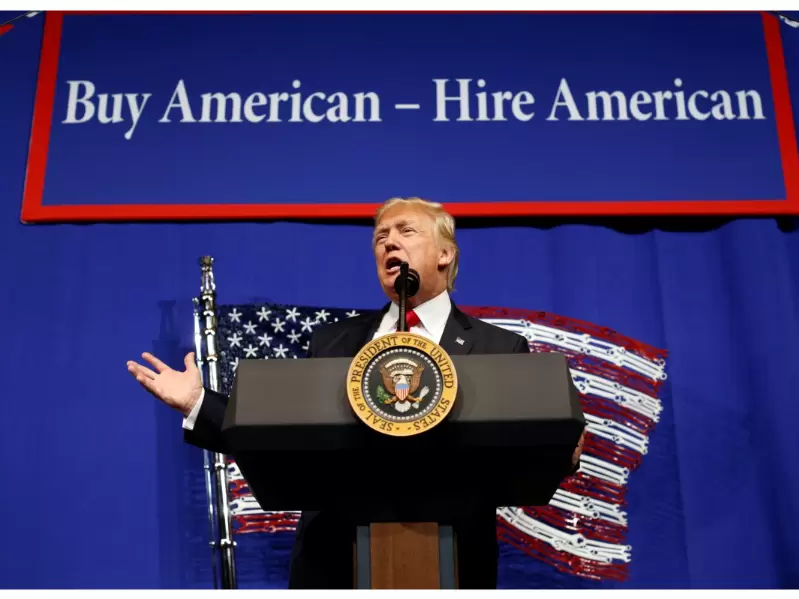 U.S. President Donald Trump speaks before signing an executive order directing federal agencies to recommend changes to a temporary visa program used to bring foreign workers to the United States to fill high-skilled jobs during a visit to the world headquarters of Snap-On Inc, a tool manufacturer in Kenosha, Wisconsin, U.S., April 18, 2017. / REUTERS/Kevin Lamarque/File Photo
U.S. President Donald Trump speaks before signing an executive order directing federal agencies to recommend changes to a temporary visa program used to bring foreign workers to the United States to fill high-skilled jobs during a visit to the world headquarters of Snap-On Inc, a tool manufacturer in Kenosha, Wisconsin, U.S., April 18, 2017. / REUTERS/Kevin Lamarque/File Photo
When Donald Trump first ran for office, his signature promise was to build a “big, beautiful wall” on the southern border to stop the flow of illegal immigrants from Mexico. That wall—physical, symbolic, and politically charged—defined much of his first term, though it was never fully accomplished.
Now, in his second term, a new wall has emerged—not of concrete and steel, but of dollars and deterrence: a $100,000 price tag slapped on each H-1B visa.
The first wall sought to stop illegal immigration; the new wall targets legal immigration. Trump’s promise appears to have shifted from only illegal immigrants to all immigrants. His most recent executive order zeroes in on highly skilled workers who have been the lifeblood of America’s innovation economy. By making it prohibitively expensive to hire foreign professionals, Trump’s new policy threatens to choke off the very talent pipeline that has given the U.S. its global technological edge.
Recently, journalist Palki Sharma, speaking in Chennai, described New India using the acronym VUCA—Volatility, Uncertainty, Complexity, and Ambiguity—and quipped that another name for VUCA is Donald Trump. His policies and governance practices, she argued, are ambiguous and complex, making America’s future volatile and uncertain. The $100,000 talent-restricting wall is a prime example.
This article examines how Trump’s H-1B restrictions may not only hurt America’s innovation pathway but also become a windfall for Bharat. One must ask: could the U.S. have saved itself during the Y2K crisis without India’s high-tech talent? And today, can America sustain its innovation engine without the industrious, intelligent, and inventive high-tech workers from Bharat?
India’s tech talent and America’s growth story
For decades, the U.S. technology sector has thrived on an inflow of talent from abroad. From Silicon Valley to Boston’s biotech hubs, Indian engineers, scientists, and entrepreneurs have played pivotal roles. The CEOs of Google, Microsoft, Adobe, and IBM—Sundar Pichai, Satya Nadella, Shantanu Narayen, and Arvind Krishna—are not accidents of fate. They rose through the ranks, beginning as students and pursuing legal pathways, ultimately becoming products of the very immigration pipeline President Trump now threatens to decimate.
Thousands of startups, from unicorns to niche software firms, were founded or co-founded by Indian immigrants. With the $100,000 wall, that phenomenon could soon be a thing of the past.
The H-1B visa program created a structured pathway for skilled professionals to contribute expertise in critical STEM fields. By attaching a prohibitive $100,000 fee to each visa, the U.S. effectively prices out smaller companies, startups, and universities that rely on skilled workers but lack the deep pockets of tech giants. Google and Amazon may grumble, but they will pay; the real losers will be young companies at the forefront of new ideas.
Innovation happens at the edges
Innovation rarely comes from the biggest players. Usually, disruptions arise from new products, platforms, and ways of doing things, often by startups on razor-thin margins and powered by diverse, ambitious teams.
The talented youth from Bharat embody this drive. They are often willing to make short-term sacrifices—lower salaries, sleepless nights, and steadfast loyalty—for the long-term rewards of innovation. A $100,000 surcharge per foreign employee will mean many startups won’t launch at all. Those that do may settle for less qualified, less committed hires—or fail to build viable teams altogether.
This is where America’s global advantage will begin to erode. If promising Indian engineers and scientists can no longer come to the U.S., they will stay home to power the Make in India initiative and help realize the dream of a Developed Bharat by 2047. They may also choose friendlier hubs such as Canada, the U.K., Japan, or Germany.
Meanwhile, India’s tech ecosystem is rapidly maturing. Already second in the world in unicorn count, with deep venture capital networks and strong state support for digital infrastructure, Bharat is well-positioned to absorb returning or redirected talent. The next Google or major AI innovation may not be in Mountain View but in Bangalore, Hyderabad, Noida, Gurugram, or Pune—cities where state governments compete fiercely for investment and innovation.
A boon for India, A loss for the U.S.
Ironically, the biggest beneficiary of Trump’s H-1B wall may be Bharat itself, perhaps even if Trump intended to punish it for trade disputes. Though he recently used words of admiration for Bharat and Prime Minister Modi, his policies suggest otherwise.
For years, Bharat has suffered from a “brain drain” as its brightest minds pursued opportunities abroad. If America slams the door—or prices visas out of reach—those minds will likely stay home. This could accelerate Bharat’s innovation cycle, producing global tech giants rooted locally to compete with the U.S.
Some may argue this fosters healthy global competition. But from the U.S. perspective, the loss of Indian talent comes just as technological leadership is increasingly contested by China and others. Weakening the Indian STEM pipeline doesn’t strengthen America; it hands a strategic advantage to rivals. For Trump, it may bring short-term political satisfaction, but a long-term losing proposition for the U.S..
The STEM student squeeze
The ripple effects extend beyond visas for professionals. Trump’s rhetoric and policies also threaten international students, many of whom pay full tuition, sustain U.S. universities financially, and transition into the workforce via H-1B visas.
Students from India are the second-largest group of international students in the U.S., especially in graduate STEM programs. Without them, many U.S. universities will struggle to fill teaching labs, provide tutoring support, and sustain faculty research.
As a former university dean in STEM, I know firsthand: reducing the inflow of students from Bharat is academic suicide. It would cripple higher education today and the high-tech workforce pipeline tomorrow.
Cutting off this talent supply will not automatically create more American scientists and engineers. It takes years to build a domestic pipeline, and the U.S. has long struggled to produce enough graduates in engineering and computer science. Restricting international students will hollow out research and slow the commercialization of new technologies.
A policy driven by politics
So, was Trump’s first wall—aimed at illegal immigration—a sound decision? And is his second, $100,000 H-1B wall a good policy? The answer depends on the goal.
What the U.S. has needed for decades is comprehensive immigration reform to regulate the flow of low-skilled labor from the south—workers vital to farming and construction. Instead, leaders looked the other way, allowing unregulated inflows to continue.
Trump’s new executive order, however, is uniquely shortsighted. It damages America’s long-term competitiveness, stifles innovation, and weakens the economy. His first wall could at least be partially justified. The second is clearly a step backward.
The “two walls” strategy in context
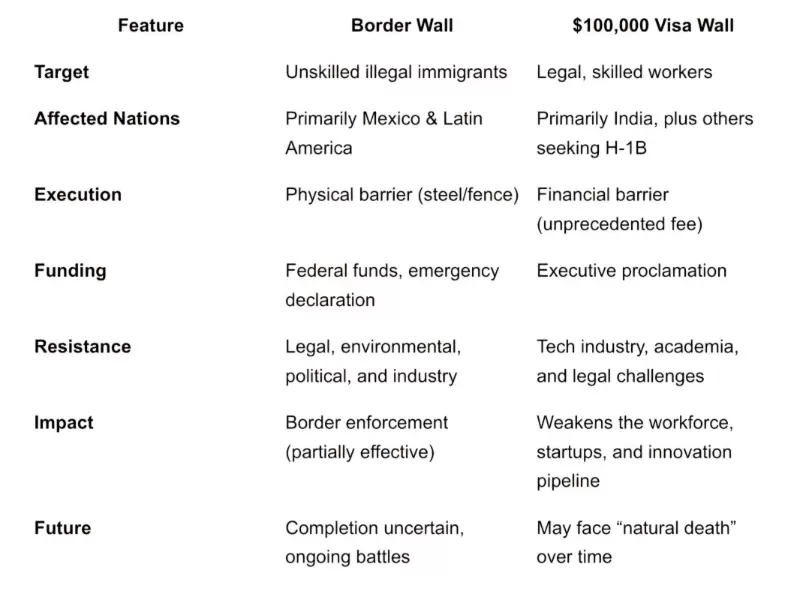 The “Two Walls” Strategy in Context / Vijendra Agarwal
The “Two Walls” Strategy in Context / Vijendra AgarwalThe U.S. built much of its infrastructure and agriculture with unskilled labor from the southern border, which eventually spiraled out of control. By contrast, America’s technological dominance has been powered by attracting global talent, especially H-1B holders from India.
Silicon Valley itself is a product of immigrants, venture capital, and universities open to global minds. Closing the door to foreign talent is not just shortsighted—it is stifling innovation and self-defeating policy at its worst.
NOTE: The author acknowledges the use of ChatGPT in researching topics and the meaningful improvement of content.
The author is a Ph.D. physicist from IIT Roorkee. He has served in academia as a faculty member and researcher and held various leadership roles across universities. He also worked as a Policy Analyst at the White House Office of Science and Technology Policy.
(The views and opinions expressed in this article are those of the author and do not Necessarily reflect the official policy or position of India Abroad)
ADVERTISEMENT
ADVERTISEMENT
E Paper
Video




 Vijendra Agarwal
Vijendra Agarwal.png)
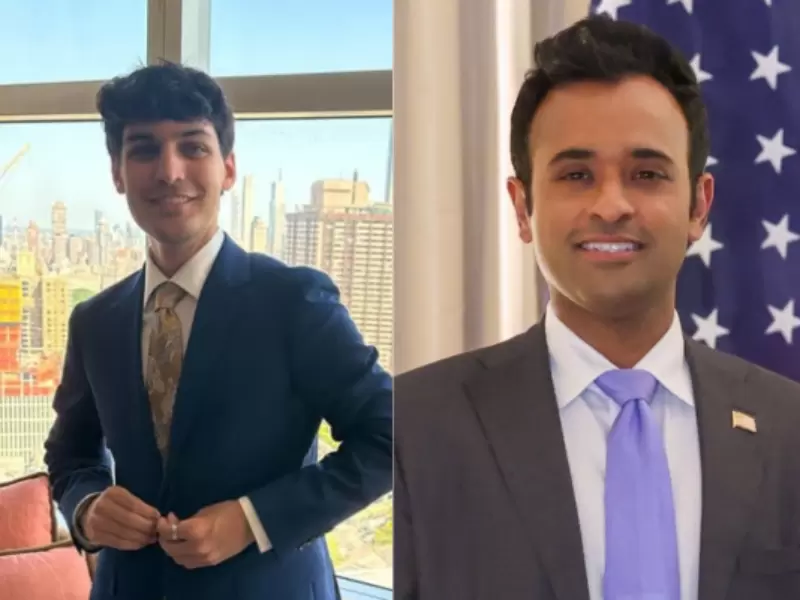



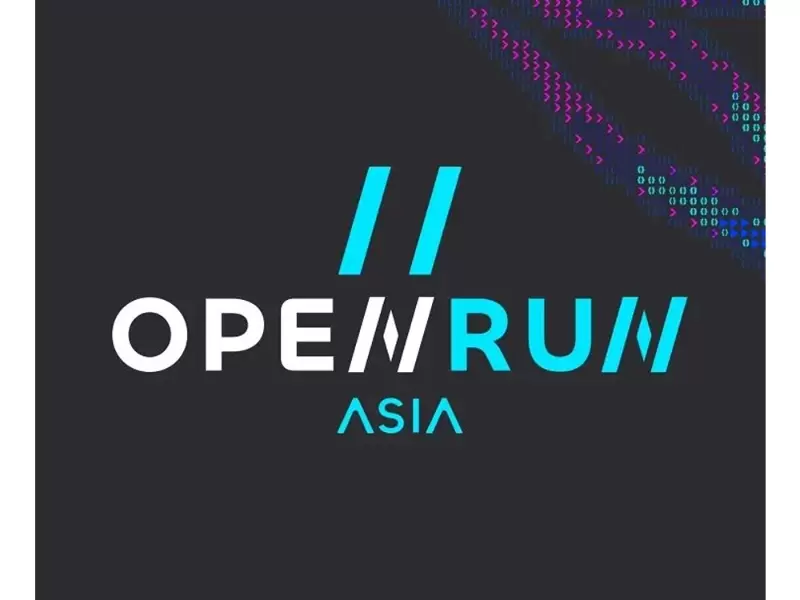

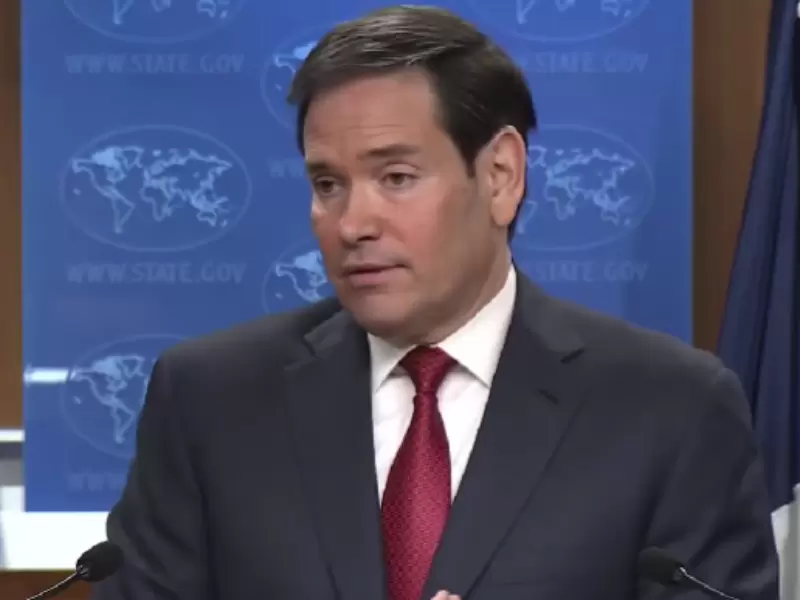


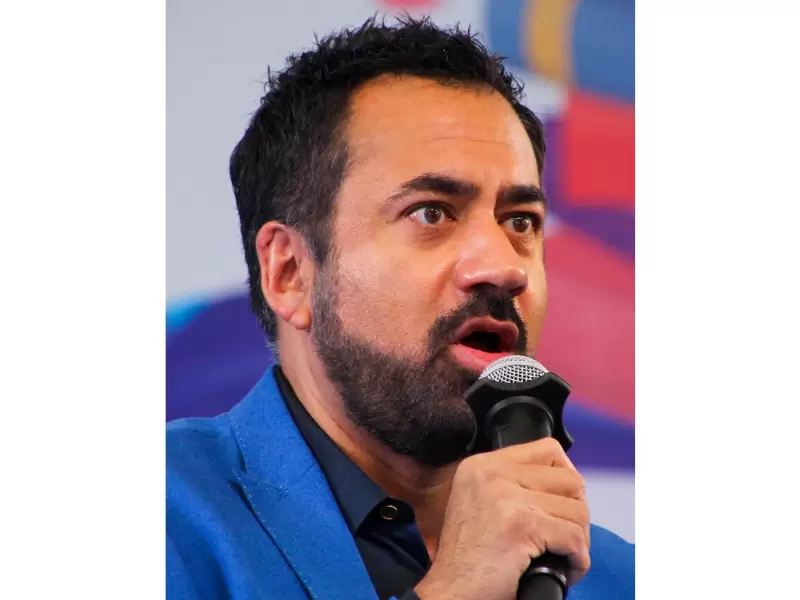
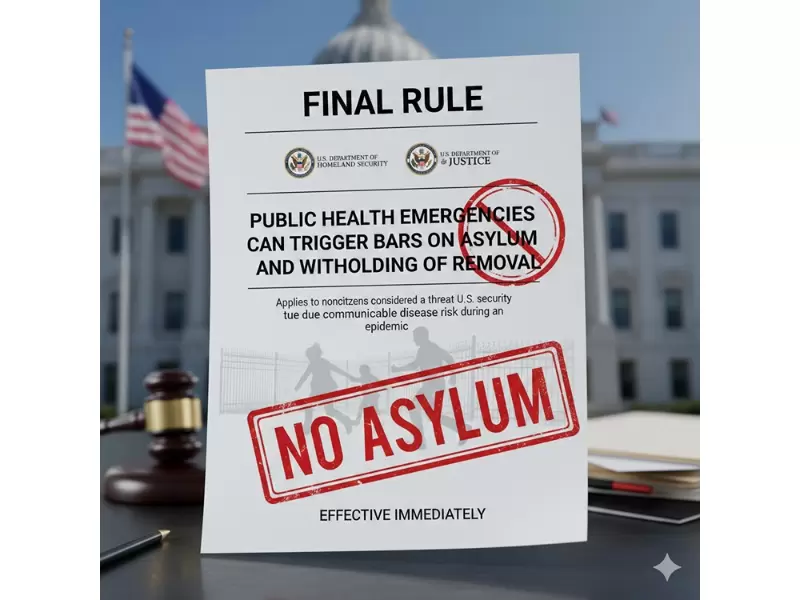

Comments
Start the conversation
Become a member of New India Abroad to start commenting.
Sign Up Now
Already have an account? Login